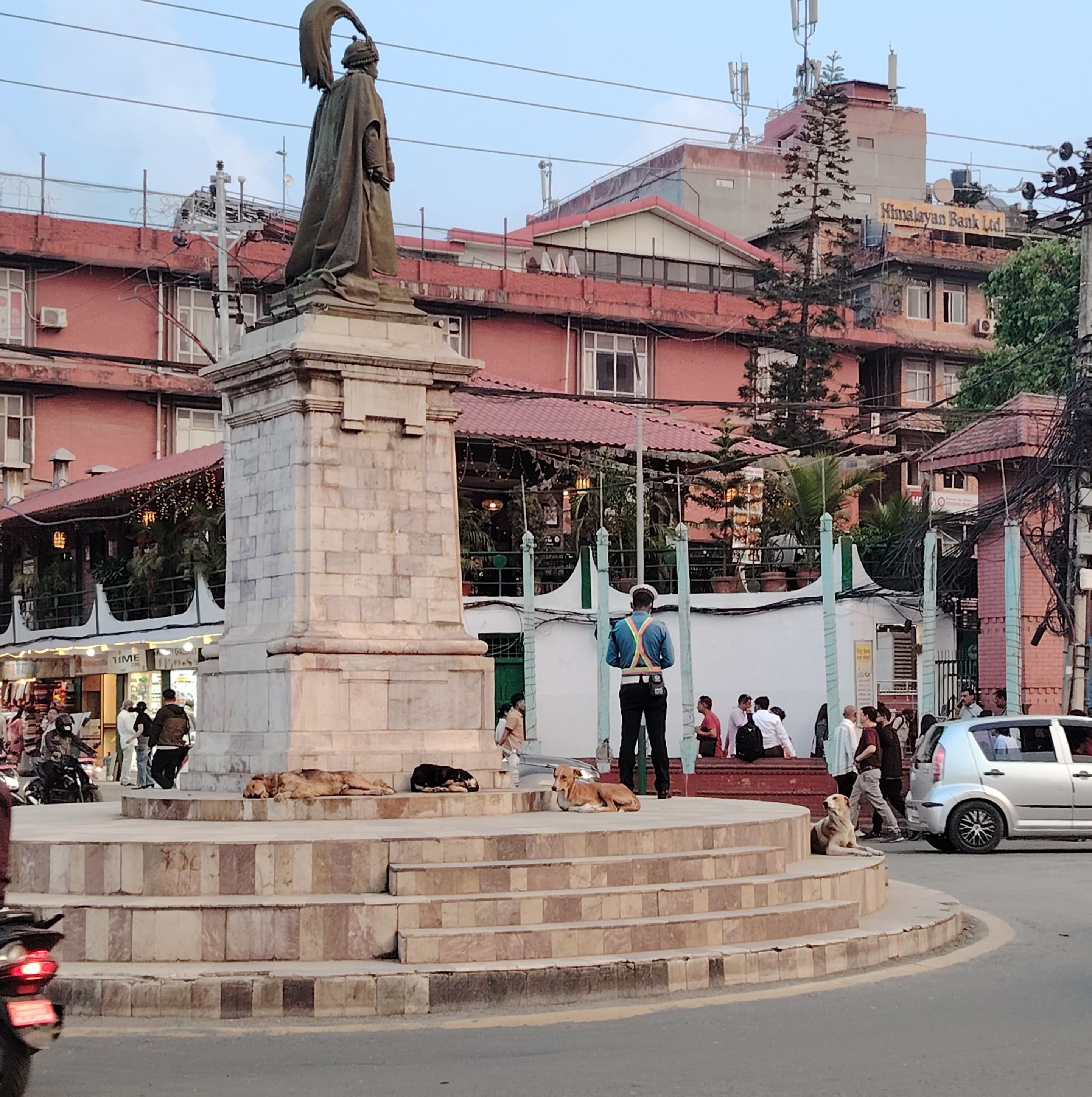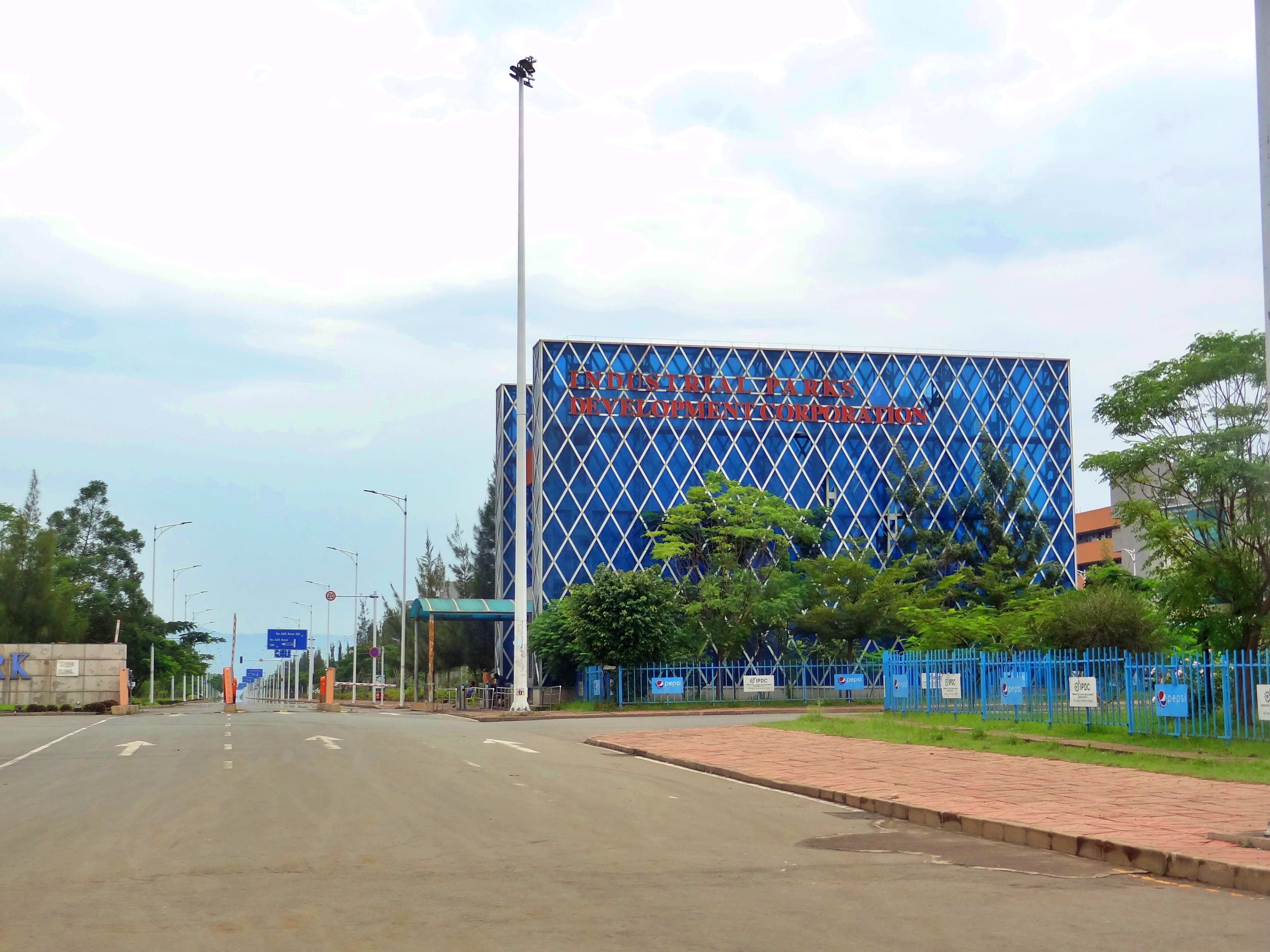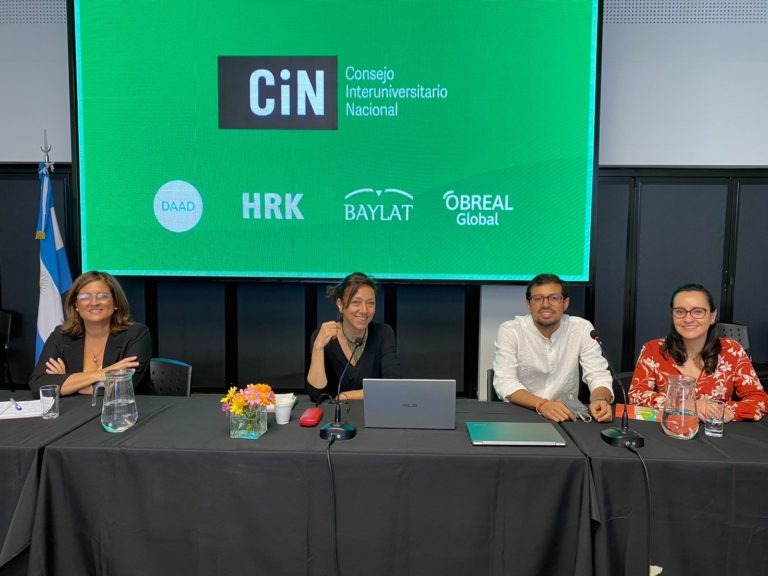NEPAL Part 3. Rethinking Inclusion: Development That Truly Reaches Those Farthest Behind
In May 2025, a group of ZEF researchers paid a visit to Nepal within the framework of the Bonn Global Cooperation Fund (BGCF) project, funded by the Federal Ministry of Research, Technology and Space (BMFTR) and the Ministry of Culture and Science (MKW) of North Rhine-Westphalia.
This blog post was written by ZEF senior researcher Isimemen Osemwegie.
In today’s global development landscape, buzzwords such as “leave no one behind” and “whole-of-society approach” are commonplace in policy rooms, donor meetings, and UN summits. While these ideals are powerful and necessary, efforts to reach the most vulnerable populations must be undertaken with care and a deep understanding of local realities. Without this level of consideration, well-intentioned efforts may unintentionally cause harm, exacerbate the very inequalities they seek to eliminate, and disempower the communities they aim to uplift.


Photo left: Old traditional clay house beside a modern building in Tikapur. Photo right: Fragmented patch of Elephant grass Pennisetum purpureum Schumach in Tikapur
Beyond the Slogan: The Cost of Reaching the Margins
Mountain communities often occupy the literal and figurative margins of development. Rugged terrain, severe weather, poor infrastructure, and limited road access can isolate these regions from public services and economic opportunities. Their limited ability to adapt to climate change and economic shifts further compounds their vulnerability.
Seventy-five percent of Nepal is mountainous. People are increasingly migrating from the highlands to the western Tarai lowlands. Milder climates, better roads, easier access to basic services, and the hope of a better life are reshaping demographic patterns. However, these migrations are not without tension; they are a response to hardship and a reconfiguration of place-based identity.
For example, the western Tarai region of Tikapur, located about 15 km north of the Indian border, is a place that has undergone a visible transformation. This area was once densely forested and sparsely populated by Tharu communities. Traditional forestlands are now residential zones. Older, traditional, clay-stone homes stand beside modern, concrete buildings. Patches of elephant grass (Pennisetum purpureum Schumach), once dominant in the forest, now grow wild beside paved roads, bearing witness to shifting land use, economic changes, and rural-urban transitions.

In the photo: A suspension bridge over a dry riverbed leading to a dead end in Jayaprithvi.
The Importance of Place-Based Perspectives
All too often, development strategies assume uniformity in needs, values, and practices. However, local contexts defy such simplicity. Understanding these contexts is essential to achieving inclusive development. Several small yet revealing moments during field visits to Nepal illustrate just how deeply place shapes perception and practice.
- Cows and stray dogs on the street: In Nepal, it is normal to see cows and dogs roaming freely. While this may seem alarming elsewhere, it reflects the country’s deeply rooted religious and cultural relationship with animals.
- A familiar plant with a different meaning: The hardy heather plant, which is used as livestock fodder in cold, high-altitude areas, is the same species that is sold as an ornamental plant in Germany. Its significance and function depend entirely on the context.
- A different calendar: I was initially confused by a receipt dated 12/02/2082 BS (equivalent to 05/26/2025 AD), until I realized that Nepal uses the Bikram Sambat calendar, which runs roughly 57 years ahead of the Gregorian calendar. Workweeks differ as well: Sundays through Fridays are working days, with only Saturdays off. Even our notion of time varies by place.
- In some mountainous communities, menstruation is still stigmatized. The Chhaupadi practice forces women and girls to sleep in sheds or with livestock during their periods. It also prohibits them from touching certain foods or participating in household activities, though they may still engage in outdoor labor. This practice was criminalized by Nepal’s legal code in August 2018 with a penalty of up to three months’ imprisonment for enforcement. Meanwhile, some older women continue the practice because they believe discontinuing it would be harmful.
- Birth control as a sacred adaptation: In the Saipal district, women and girls who collect the high-altitude medicinal fungus Ophiocordyceps sinensis (locally called yarsagumba) take birth control pills, not for contraception, but to suppress menstruation for up to four months (from Chaitra/Baisakh to Ashar/Sharwan, or March–August). The collection grounds are considered sacred, and menstruation is believed to desecrate them. This adaptation reveals the intersection of spiritual beliefs, gender norms, and livelihood strategies.
Each of these observations underscore how even the most basic aspects of life such as health, time, plants, and animals, are influenced by place. Development that ignores this perspective is ineffective at best and harmful at worst.

In the photo: Stray dogs in Nepal’s capital Kathmandu.
Infrastructure for Whom? The Road to Somewhere—or Nowhere
To bring development to the margins, the Nepal governments are investing in infrastructure, such as roads, which aligns with SDG 9: Industry, Innovation, and Infrastructure. However, these projects often have unintended consequences. In some mountain regions, for example, road construction has triggered landslides and disrupted piped water supply systems. These projects have also failed to deliver the promised economic benefits. These roads, built to connect markets, sometimes go unused due to high transportation costs.
Meanwhile, expectations around job creation and inclusion often conflict with SDG 5 (Gender Equality) and SDG 10 (Reduced Inequalities). Women and marginalized groups often suffer the most from migration-related pressures and some of the negative social and environmental impacts of economic hardship.
The question then emerges:
A road to where? and for whom?

In the photo: Road construction work in the Bajhang District.
Reaching the Farthest Behind Begins by Walking Beside Them
Social inclusion cannot be imposed from above. What does development look like from the perspective of the communities being “reached”? Do they even want to be reached in the ways we assume?
- Before breaking ground, governments and development actors should ask themselves:
- What does development look like to these mountain communities?
- Do they value the types of interventions we assume they need?
- How can we ensure that our vision of equity doesn’t erase theirs?
Global frameworks, such as the SDGs, must be thoughtfully translated into national and local actions. This requires deep listening and co-designing solutions and policies that reflect, rather than overwrite, indigenous and rural aspirations.
Conclusion: Inclusion Rooted in Context
Reaching those farthest behind is a noble goal, but it comes at a cost. The costs are far greater when local priorities, beliefs, and needs are ignored. Development that overlooks place-based context can be extractive rather than empowering.
Reaching “the farthest behind” is not just a logistical challenge; it’s a complex undertaking that requires respecting the rights of indigenous and local communities to self-determination, self-governance, and secure land tenure. These principles are especially critical for mountainous and indigenous communities, where place-based realities differ dramatically from those in urban or lowland settings.
Accepting that progress does not look the same to everyone is the first step toward creating more inclusive, meaningful, and respectful pathways forward. We must not confuse access with equity or infrastructure with progress. True inclusion means walking alongside—not ahead of—mountain communities and embracing the diversity of what development can and should look like.


In the photo: The heather plant species in the wild (left) and as a décor plant (right).
Author
Isimemen Osemwegie is a senior researcher at ZEF, and co-coordinator of the project CABES.
Photo credits
All photos were taken by author






